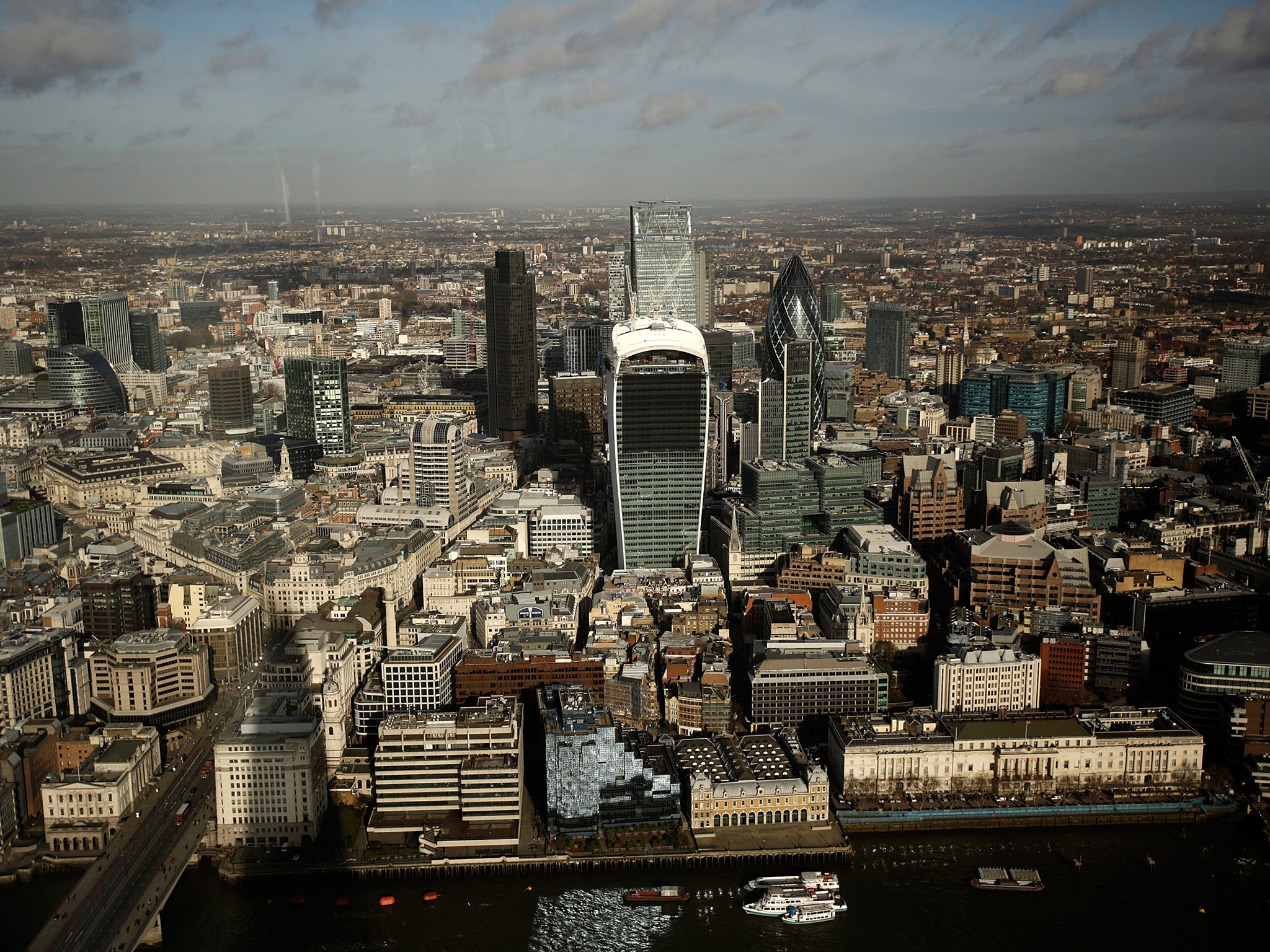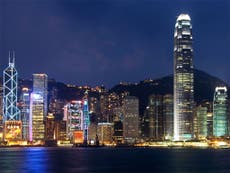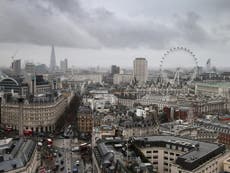Bigger and busier than ever, cities are still where we want to work and play - and London is top of the pile
We live in an age when communication is easy, yet we continue to cluster together for work and play


London has become the second most visited city in the world, behind Hong Kong, according to a survey by Euromonitor, the research group. The figures are for international tourist arrivals, so this is not people changing planes. The numbers are for 2014 and in that year 17.4 million people came to London, compared with 27.8 million visitors to Hong Kong. But two-thirds of the Hong Kong total came from China, as overnight visitors from the mainland, thus counting as international. If you exclude those, London would be No 1. In third place was Singapore, with 17.1 million, followed by Bangkok (16.2 million), and Paris (15 million) – though that Paris figure seems not to include the two million who go to Marne-la-Vallée, home of Disneyland Paris, so the Paris region is very much snapping at London’s heels.
New York is the most visited city in North America, but is at No 8 overall with 12.2 million. The only city with more hotel beds than London, Las Vegas, comes in at 22, with 6.2 million visitors, but most are American.
To those of us who live in London its ranking seems unsurprising. The place is full of visitors and for the most part they are very welcome, not just because they spend money but because they remind us that our home town is a place that people admire and want to see. They only have a week or two here; we have the benefits, and the grot, the whole time.
But if you stand back, it is really rather remarkable, for there are several stories embedded here. One is that international travel is booming, with China the main driving force. This says something about the size and wealth of the Chinese economy, but also about the desires of its burgeoning middle class. Chinese people want to experience the world, in a way that, for example, the Japanese no longer seem to want to do. Surely, this is hugely positive. If people visit other cities, they have to be pretty insensitive not to generate some warmth towards them, or at least more understanding of their culture. People are not coming to London for sun, beach and booze.
Another story in these figures is the dominance of London vis-à-vis the rest of the UK. No other British city made it to the world’s top 100. For all the efforts to try to rebalance the UK economy away from London and the Home Counties, there is this powerful gravitational pull towards the South-east. The only other city in these islands to qualify was Dublin, at No 49 with 3.6 million visitors, putting it ahead of Athens and San Francisco. There is a challenge here for Edinburgh, and perhaps Manchester, too. To pull in visitors you need a cultural experience and a sense of welcome, like Dublin. I suspect that successful rebalancing has to be bottom-up, rather than top-down. Put bluntly, a northern powerhouse cannot be created by politicians in Westminster.
A third story is the lure of a city. We live in a world of amazingly competent and very cheap electronic communications, yet we cluster together for work and play. The growth of London is a prime example of the apparent need for physical proximity. But the same phenomenon is evident everywhere: giant cities are springing up all over the world. Earlier this month, London’s population was estimated to have passed its previous peak of 8.6 million, reached in 1939, and it is forecast to pass 10 million by 2030. China, according to the Organisation for Economic Co-operation and Development, has 15 cities of more than 10 million. The challenge we face of fitting in another couple of million people in the coming decades looks a doddle alongside what China – or Africa, or Latin America – has to do.
And that is the biggest message of this report: we need to cope with these huge pressures and make big cities better. People choose to travel to giant cities. They also choose to live in them. Many would say that they don’t really have a choice; they live in cities because that is where the jobs are. But if that is so, we have to make it work for them. In any case, no one is obliged to take their holidays in London, or Hong Kong, or Paris. They could just opt to lie on a beach.
So, the people who run cities need to meet this demand by investing, to make them safer, cleaner, more environmentally sustainable and, crucially, more affordable to live in. Run properly, giant cities are huge generators of wealth and will become even bigger.
Final point: according to Euromonitor, by 2030 the world’s largest city in terms of its economy, New York, will have a bigger economy than Spain.





Join our commenting forum
Join thought-provoking conversations, follow other Independent readers and see their replies